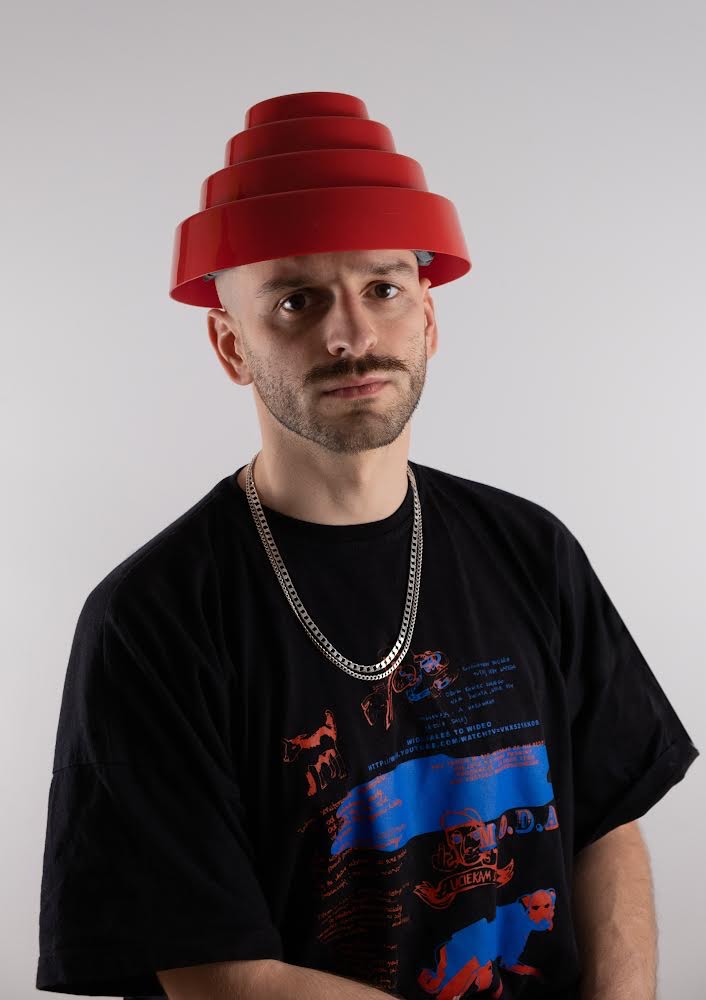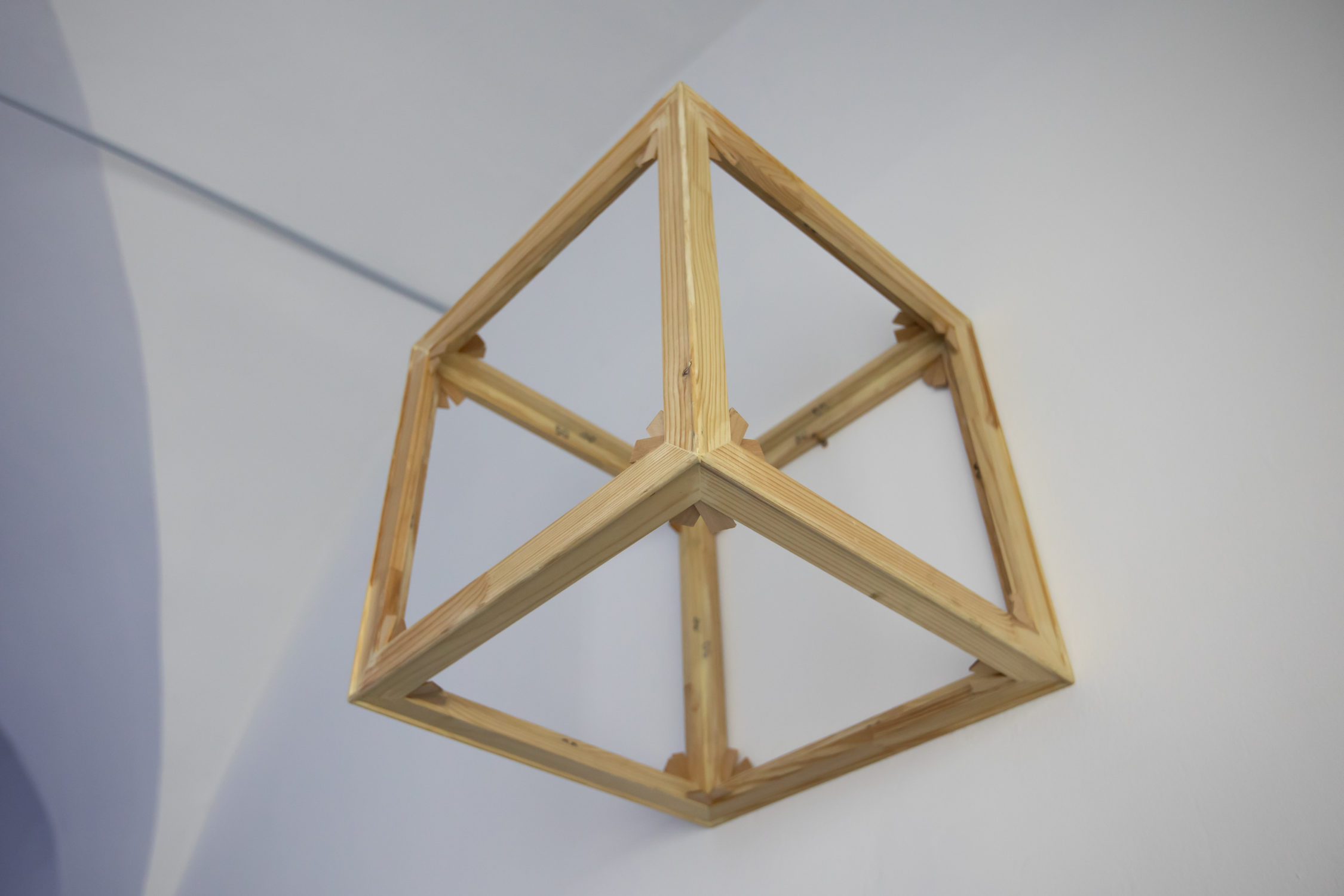FEBRUARY 10 – MARCH 31, 2022
curator: Stach Szabłowski
The protagonist of “Technical Problem” is an exhibition editor, a specialist without whom it is difficult to imagine the functioning of artistic institutions and without whom most of the exhibitions would not be created. The editor is the artist, Bartek Buczek.
In the eponymous “Technical Problem” one can see Dominik Ritszel’s exhibition “Lockout,” which takes place at Jan Tarasin’s City Art Gallery in parallel and next door to Bartek Buczek’s exhibition. It was Buczek who solved the problem of Ritszel‘s exhibition in the sense that he designed the spatial arrangement of “Lockout” and also worked on its assembly as a so-called technical worker. The case of “Lockout” and Bartek Buczek’s involvement in its implementation, however, is in fact only an emanation of a more broadly understood, complex problem, which includes such issues as institutional aesthetics, the place of the concept of work in the art world, as well as the issue of the ways in which actors of artistic life they perform the roles assigned to them in this world.
Bartek Buczek is a versatile visual artist, painter and performer. He is also a valued exhibition installer. In the latter role, he gained publicity comparable to the recognition he enjoys as an author of artistic productions. The names of the people who arrange and assemble the exhibitions are often not disclosed to the public, and even if they are, the audience focused on the artists pays little attention to this information. Bartek Buczek’s reputation as an editor has not been developing in the glare of the spotlights, but in the partial shade of the artistic environment, where the opportunity to work with him is considered a privilege and a pleasure at the same time.
Bartek Buczek invests his professionalism, creativity and craftsmanship, but also mindfulness and understanding in building exhibitions of other artists.
Does Bartek Buczek, like Superman/Ken Clark (not to say: Dr. Jekyll/Mr. Hyde) lead a double life, in which he is once an editor working for other artists, then again an artist whose exhibitions are installed by other editors? Or, on the contrary, does the author of “Technical Problem” have one life in which he questions the rigid roles set out for the participants of the artistic performance? Where is the boundary between creative work, the value of which is converted into symbolic capitals, and contract work, which is settled at hourly rates on the basis of mandate contracts? What makes human work visible and gives its fruits an authorial character? Who is the author? And where in the process of producing culture, but also other products of social activity, are prestige and satisfaction deposited?
Bartek Buczek “TECHNICAL PROBLEM”, fot. Jakub Seydak
These questions are important for the institutional functioning of art, but they are not enclosed in the artistic field and concern also other areas of our life together.
At the “Technical Problem” exhibition, Bartek Buczek asks them in the form of a film – a recording of a performance on camera. It was recorded during the artist’s work on the editing of the exhibition “Lockout.” It does not matter that the recording and editing of the film material were made by the author of “Lockout,” Dominik Ritszel. It is also not irrelevant that among the themes developed by Ritszel at the exhibition, an important role is played by the discourse of masculinity and reflection on the ways of performing, uniformizing and organizing it, determined by such structures and institutions as school, sport, army or, last but not least, workplaces. Finally, the aesthetics of Bartek Buczek’s performance/work is also not irrelevant. The boundaries of aesthetics, like art, are conventional and so vague that one could risk the thesis that they really do not exist. If this is the case, then everything is an aesthetic question, everything is art – and everything is work, and the “Technical Problem” posed by the artist is a universal issue.

Bartek Buczek was born in 1987. Scholarship holder of the National Children’s Fund. He graduated from the Academy of Fine Arts in Katowice, majoring in painting, with a diploma defended in the studio of Andrzej Tobis. Artist, painter, creator of videoarts and installations, as well as the author of texts, including the book “Too Expensive, Too Weak, Too Difficult” [under the Polish title „Za drogie, za słabe, zbyt trudne”], which is in the collection of Bunkier Sztuki Gallery of Contemporary Art in Krakow. A gallery worker with broad professional competences (technical specialist, exhibitor, artist, arranger and curator). In his works, including those that go beyond the frames of paintings, one can find a melancholic atmosphere rooted in a deeply existential reflection. He has not developed a rigid artistic strategy, but from 2020 he has only been creating panegyric works about his favorite working tools. He had 8 individual exhibitions and participated in 32 group exhibitions.











